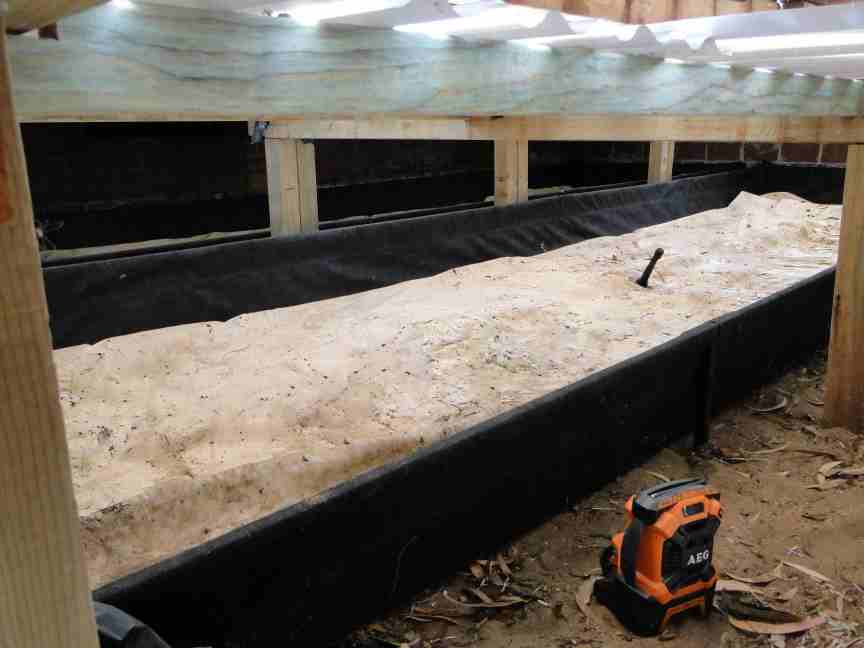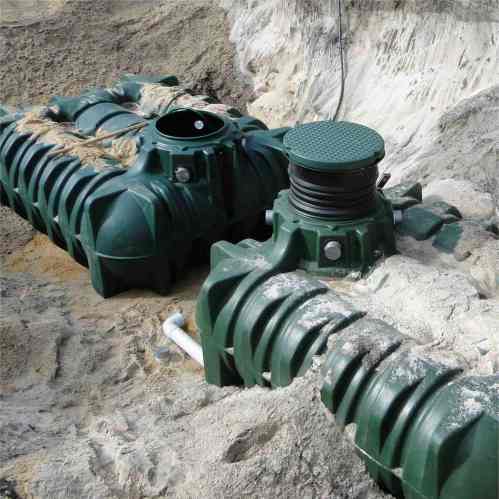This page will help you if you'd like to know a little more about:
If you already have a good idea of what kind of water tank you need, see the list of our shapes and sizes of steel and poly tanks
If you need any help along the way, just ask us for advice.
All our rainwater tanks, whether made of polyethylene (‘poly’ or LDPE), Aquaplate™ steel or plain rolled steel with a separate, flexible plastic liner (made of LLDPE) are locally manufactured to Australian quality standards. Plastic tanks also meet AS2070 for food contact.
| 1. |
Styles of rainwater tanks available |
Advantages of different shapes of tanks |
| 2. |
Features of different water tank materials |
What are rainwater tanks made of? |
Styles of rainwater tanks available
| Style | Advantages | Disadvantages |
Round |
|
|
Slimline or 'Under Eaves' |
|
|
Bladder |
|
|
Underground |
|
|
What are rainwater tanks made of?
| Material | Key Features | Material | Colours | Warranty |
| Plastic "Poly" |
|
|
|
Typically 10 years |
| Steel "Aquaplate" |
|
|
|
20 years |
| Plastic bladder |
|
|
10 years | |
| Large steel |
|
|
|
20 years Liner 10 yrs |
| Concrete |
|
|
10 years |
- Australian Standard AS/NZS 9001 (ISO9001) certification is based on the manufacturer operating a quality management system covering all areas of operation including design, manufacture and delivery
- Australian Standard AS/NZS 4020 specifies requirements for products that are in contact with drinking water and defines test methods for evaluating their effect on the quality of the water. The Standard requires that products do not affect the taste or appearance of water; do not support the growth of micro-organisms; and do not release cytotoxic or mutagenic compounds or metals
- Australian Standard AS/NZS 2070 is secondary to AS/NSZ 4020 since it doesn’t apply to the tank itself, but only to the quality procedures to be followed for the manufacture of the plastic resins, granules and powders used to make the tank and which will therefore be in contact with the water.
AGENT AND RECOMMENDED INSTALLER FOR:
GRAF AUSTRALIA | ADVANCED WASTE WATER SYSTEMS | RAINFILL TANKS
COERCO | ECOSAC | SLIM THIN TANKS | WEST COAST POLY
HERITAGE WATER TANKS ABN 23 453 362 280 © WaterCraft 2017
Call us on 0419 040742
